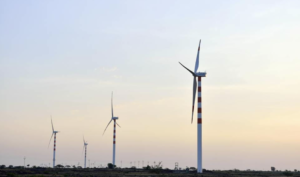SINGAPORE (S&P Global Ratings): U.S. tariff actions on Asia-Pacific will remain fluid, with varying effects across countries and sectors. This creates uncertainty–and risk–for bondholders.
According to S&P Global Ratings report, titled “Tariffs Create Pockets Of Risk For Asia-Pacific Corporates, ” Analysis indicates about 12% of rated Asia-Pacific issuers are exposed to material tariff-related impact. Of this group, about 40% carry a negative outlook while 38% are speculative-grade issuers.”
The tariff-related hits to credit quality will become more pronounced in the coming quarters.
The auto sector faces the most direct tariff impact. Chemicals and metals & mining sectors are most exposed to indirect effects.
So far in Asia-Pacific we have seen only two rating actions driven primarily by U.S. tariffs (both in the auto sector). About 80% of the corporates we rate in Asia-Pacific are investment grade. They carry adequate levels of financial flexibility against immediate tariff impact.
“The indirect effects of U.S. tariffs poses a greater risk than the direct effect of tariffs on rated firms in Asia-Pacific. Tariffs may also amplify existing cyclical and structural pressures on sectors such as chemicals and steel,” said S&P Global Ratings credit analyst Simon Wong.
The risk of a sudden influx of cheap goods in regional markets to offset a loss of access to the U.S. market also poses a significant threat to the region’s steel, textile and chemicals sectors.
“Additional import duties and measures by countries in the region will further escalate risks for exporters–for example, steelmakers. While the latest U.S. tariff differential among Asia-Pacific countries has narrowed, we believe trade flows and supply chains will continue to reshape, and this presents a category of risk in itself,” said Mr. Wong.









